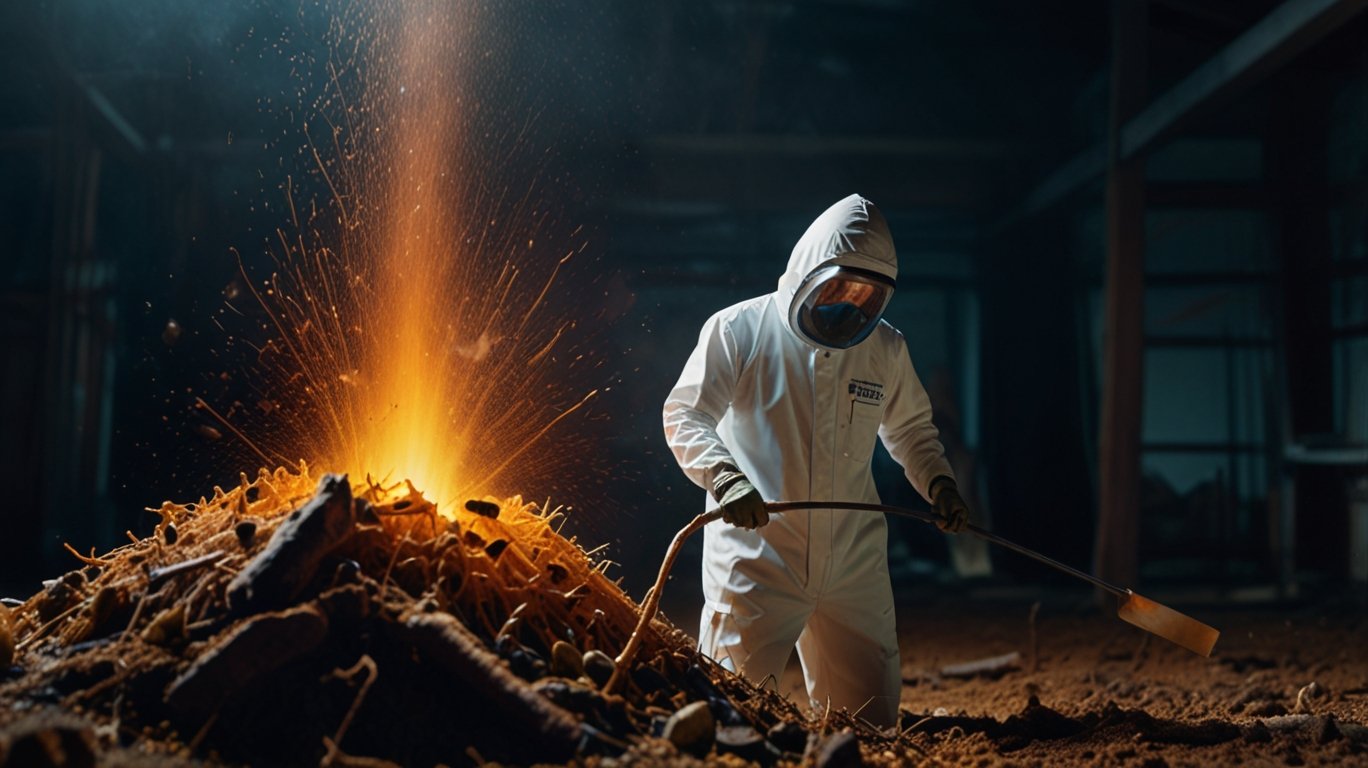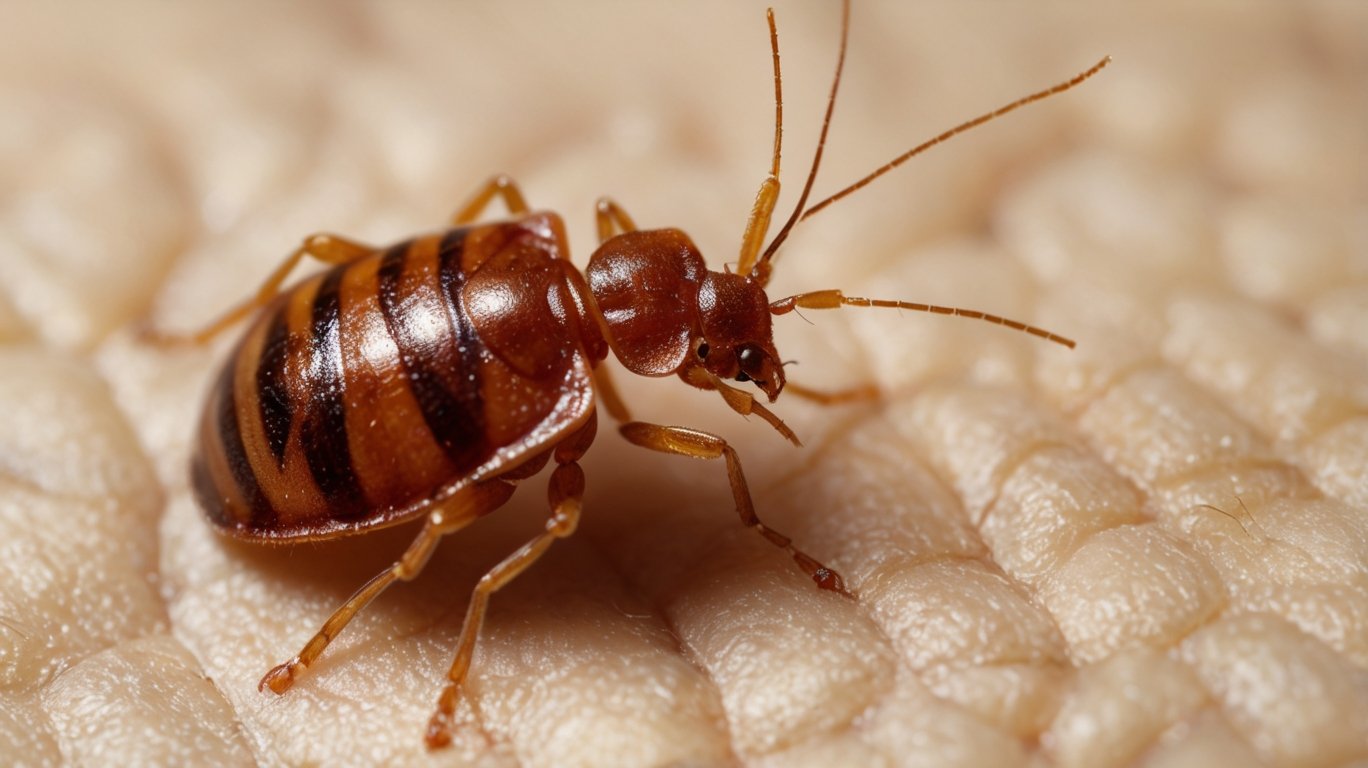Introduction:
Tapping into Thermal Treatments’ Potency
As eco-conscious heating technique for pest management gains favor, thermal control has surged in appeal. This technique, focused warmth applications, eliminates infestations harmlessly, earning it esteem among homeowners and facilities. In this piece, we’ll plunge into thermal control’s inner workings, blessings, and how it can revolutionize pest suppression.
Understanding Thermal Control
Thermal control involves elevating affected place temperatures to fatal levels for pests, usually 120°F to 140°F. This warmth penetrates every nook and cranny, reaching deep into walls, floors, furniture to extinguish pests at all developmental phases, even eggs and larvae. Subjecting pests to such heat disarrays proteins and enzymes, inducing dehydration and ultimately demise.
Benefits of Thermal Control
1. Chemical Freedom: Thermal pest control standout is its chemical independence. This greatly benefits environments with children, pets or chemical sensitivities.
2. Comprehensive Eradication: Unlike some chemical treatments, heat accesses hiding places where pests often lurk. This thorough saturation ensures no remnant of infestation survives, amplifying success chances for full removal.
3. Resistance-Proof: Over time, many pests evolve pesticide resistance, toughening suppression. However, heat employs physics not biology, so pests can’t evolve thermal resistance, cementing it as a dependable long-term solution.
4. Single Application Efficacy: While chemical treatments may necessitate multiple applications to take effect, a properly conducted heat treatment process can frequently achieve complete pest removal in a solitary session.

How Heat Pest Management Operates
The process of heat pest management is straightforward yet demands careful implementation to be effective and safe. Here is a stepwise overview of how the treatment is typically performed:
1. Initial Evaluation: A professional pest control technician will lead a thorough inspection to pinpoint the extent and placement of the infestation. This helps in deciding the precise areas that necessitate treatment and the required equipment setup.
2. Planning: Prior to treatment beginning, all heat-sensitive items like electronics, plants, and selected materials ought to be withdrawn or safeguarded. Appropriate sealing of the area is pivotal to guarantee that the warmth is contained and that pests cannot escape.
3. Heating the Space: Specialized heaters are utilized to gradually elevating temperature pest in the infested area. The temperature is monitored closely using sensors placed throughout the space to ensure that it reaches the optimal range of 120°F to 140°F.
4. Maintaining the Temperature: To ensure that the heat penetrates all surfaces and areas where pests may hide, the temperature is maintained for a specific duration, usually several hours. This ensures that the heat reaches deep into walls, furniture, and other hidden spaces.
5. Cooling Down: After the treatment, the area is slowly cooled down to prevent any thermal stress on materials and structures. Once the temperature returns to normal levels, the treated area is safe for re-entry.
Applications of Heat Pest Management
Heat pest management is effective against a wide range of pests, including:
- Bed bugs are notoriously resilient pests that often shelter within mattresses and furniture, evading detection. Thermal treatments efficiently permeate these hidden refuges, exterminating the persistent parasites from their innermost hiding places.
- Subterranean termites and other wood-boring insects stealthily tunnel into structural beams, establishing colonies beneath the surface. However, heat therapy penetrates profoundly, reaching even the deepest burrows to annihilate entire nests from the inside out.
- Whilst cockroaches and ants frequently nest in obscure nooks, thermal remediation assures comprehensive eradication, suffusing every crevice and enclave with lethal warmth. Nothing escapes its all-consuming reach.
- Preparation is paramount for thermal success. Remove heat-vulnerables like electronics beforehand, safely stash loose items, then inform technicians of concerns.
- Safety is the first priority for the professionals to operate tools properly , with post-ventilation to dissipate residual warmth avoiding dangers. Inspections confirm extermination and fix any lingering issues.
Conclusion: Turning Up the Heat on Pests
Thermal pest control is an eco-friendly solution for eliminating pests in both residential and commercial settings through innovative methods. By understanding how this technology works and the myriad benefits it affords, property owners can make informed decisions to safeguard their abodes or enterprises from undesirable infestations. With expert implementation and adequate preparation, heat treatment can turn up the temperature on pests, conferring enduring protection for dwellings or companies.



